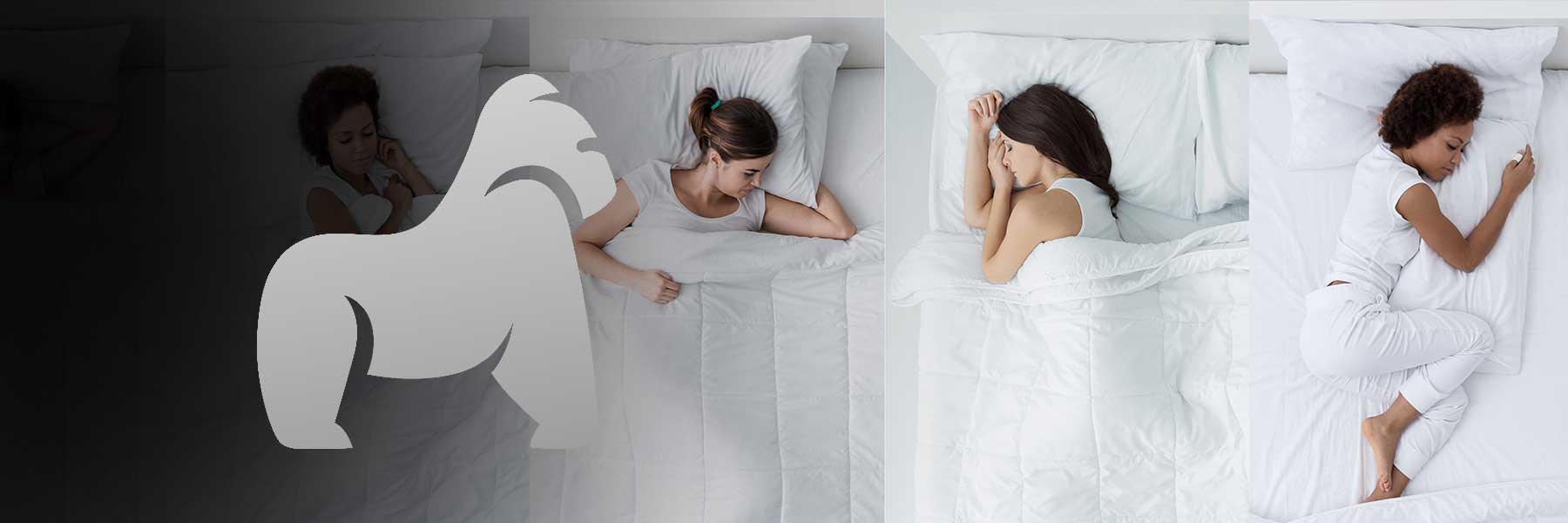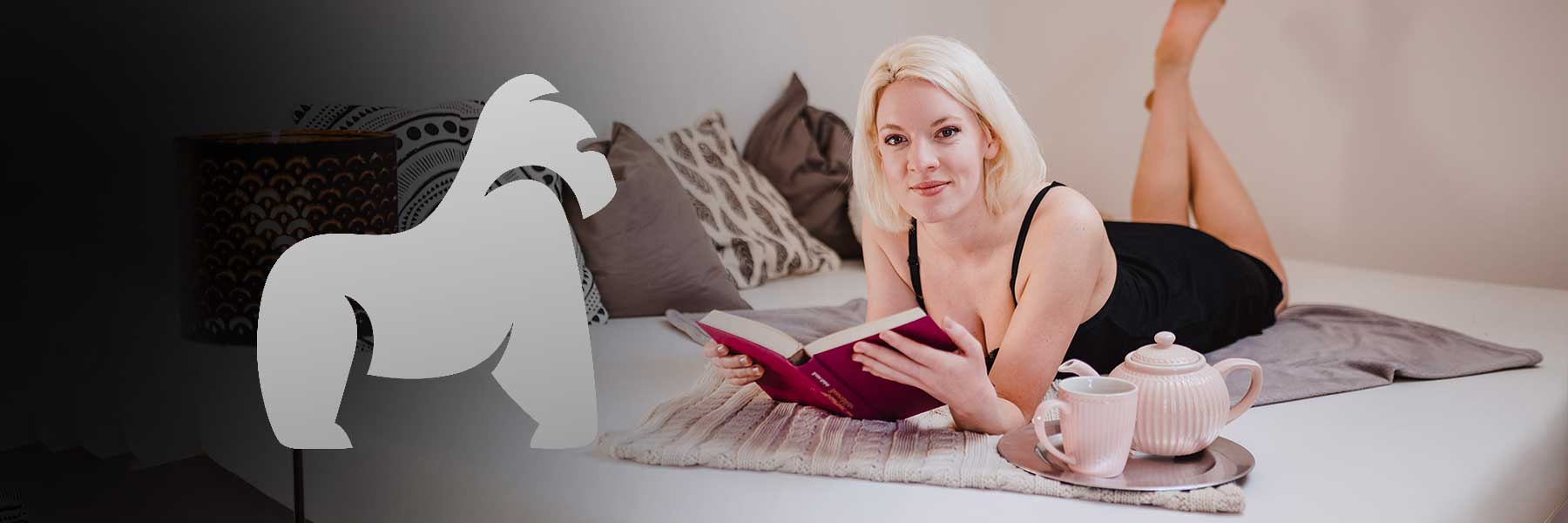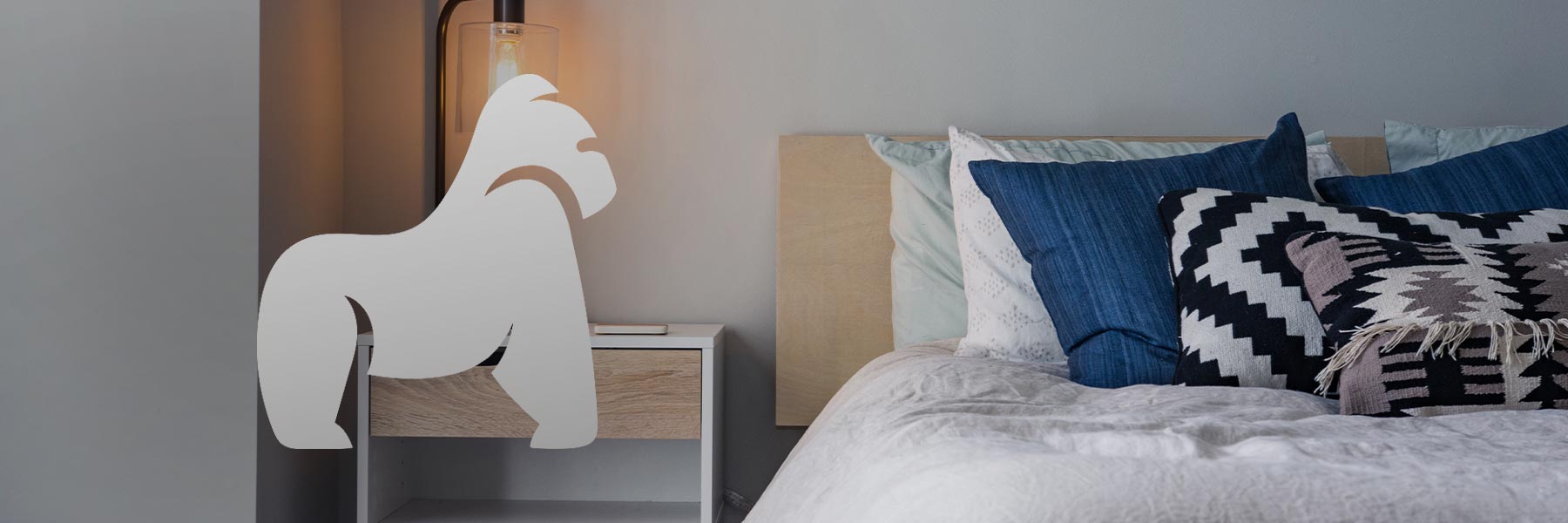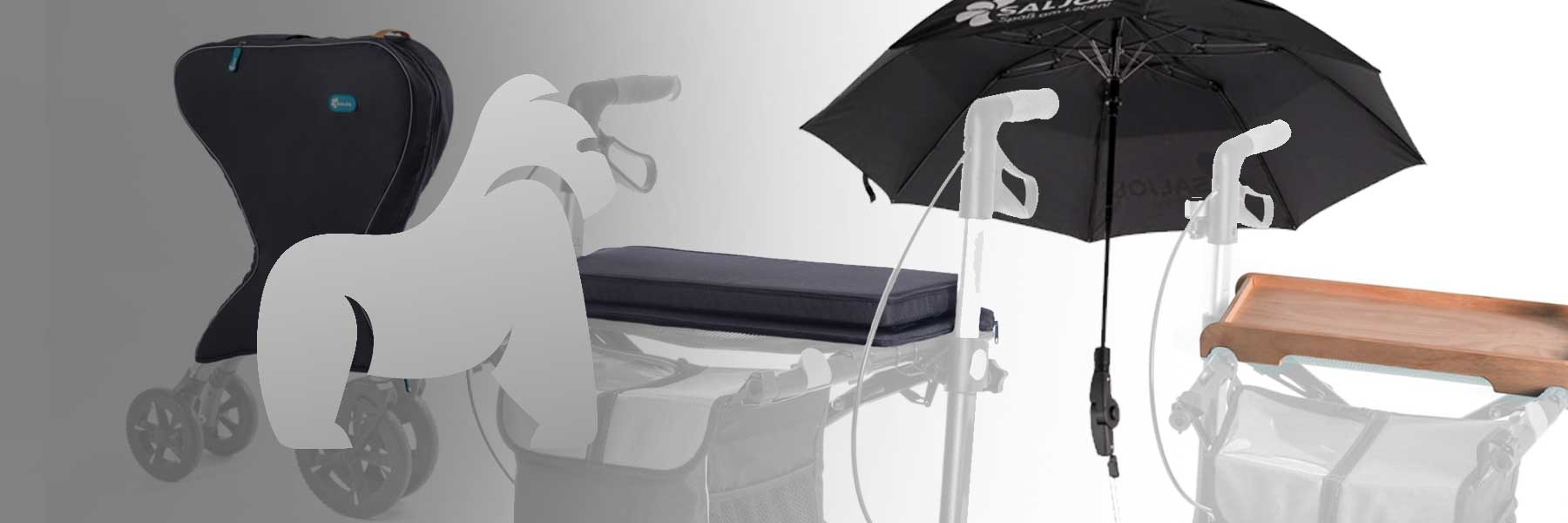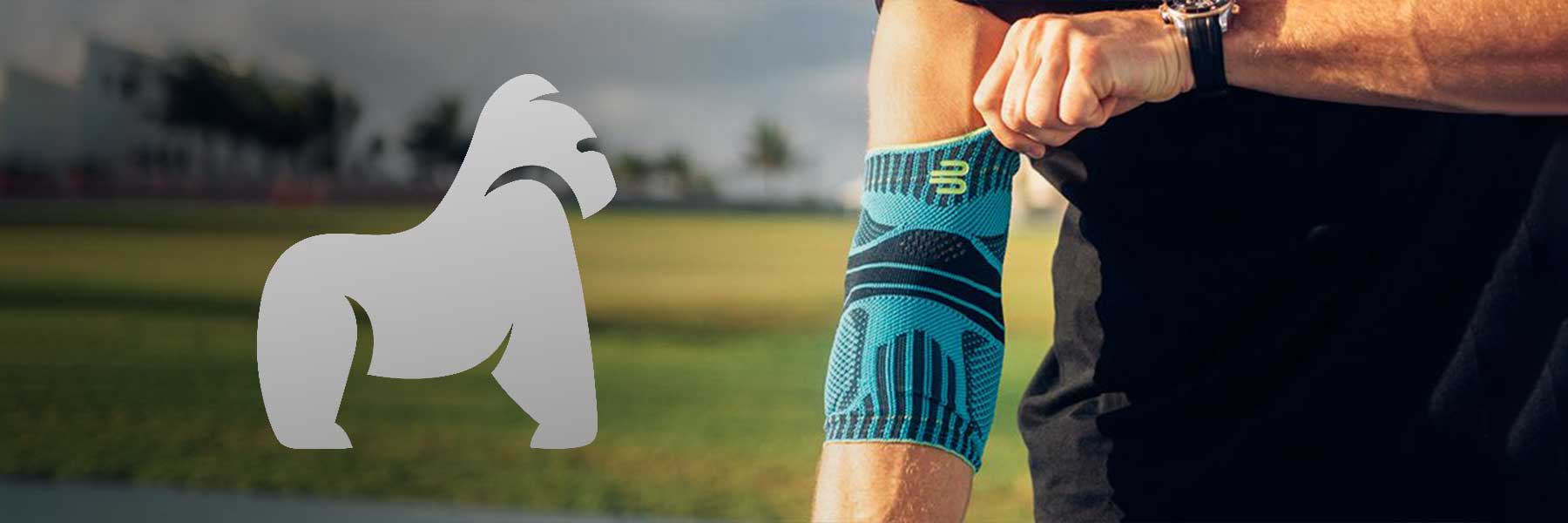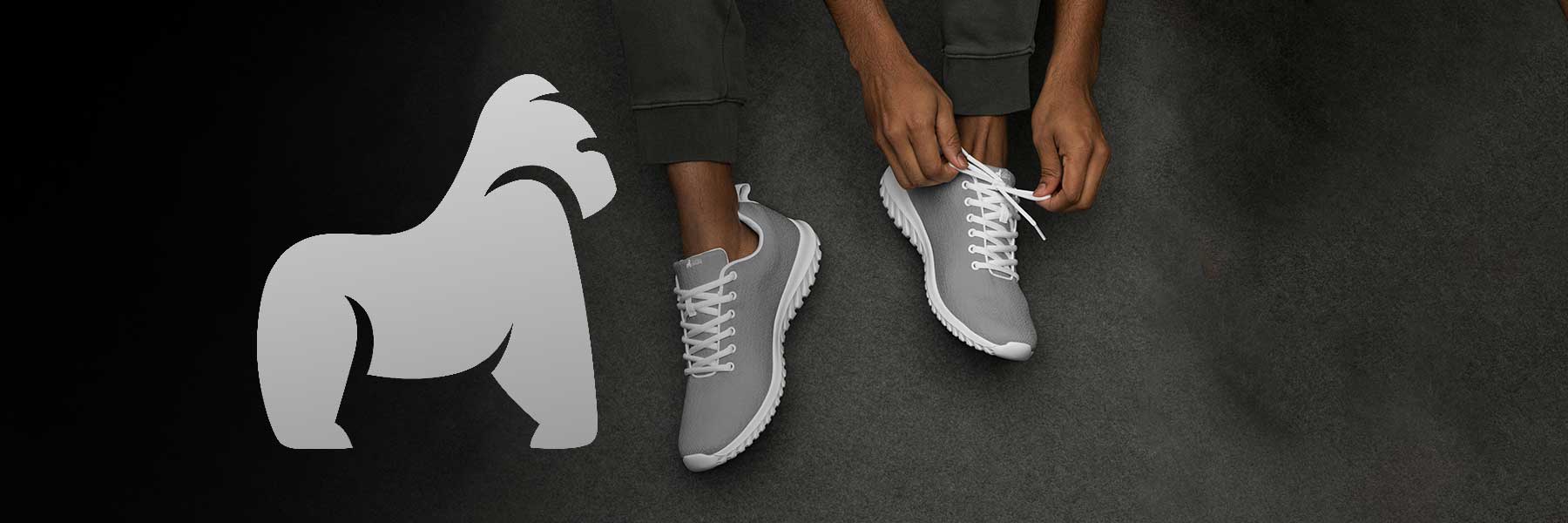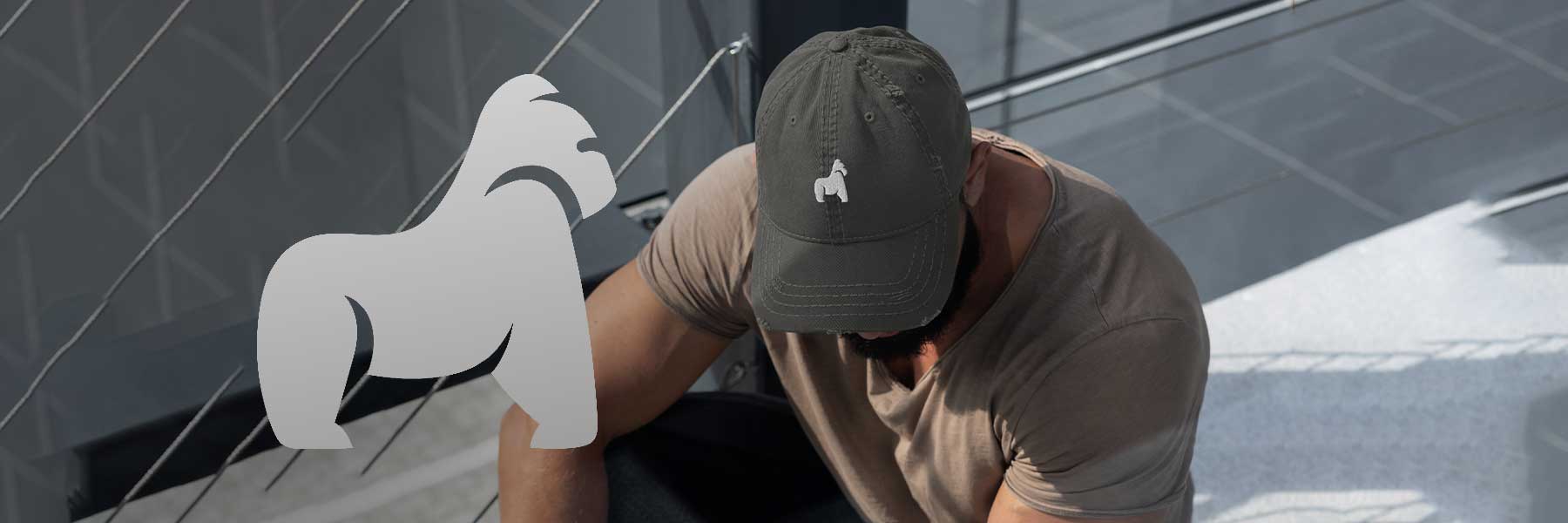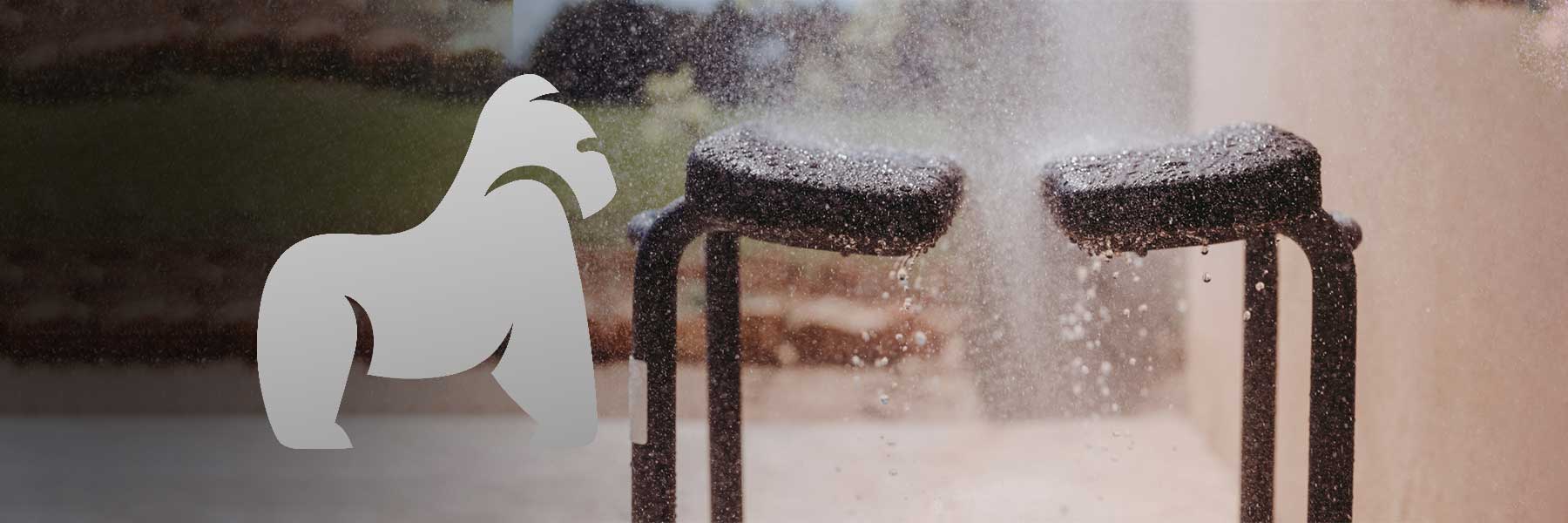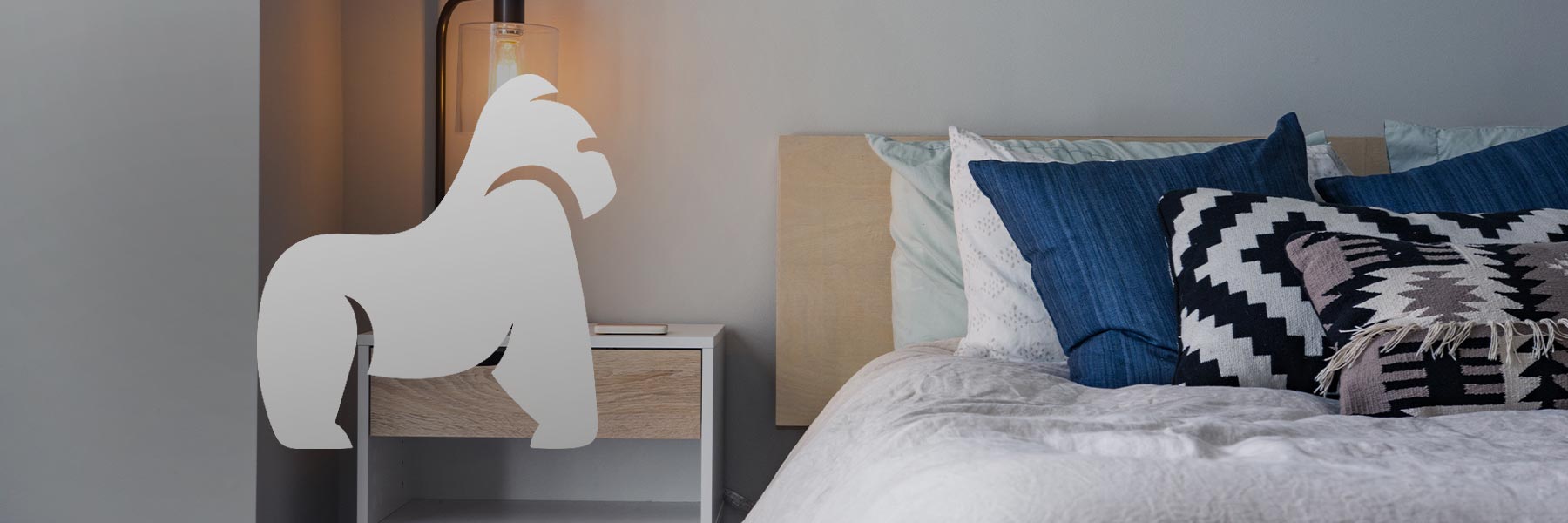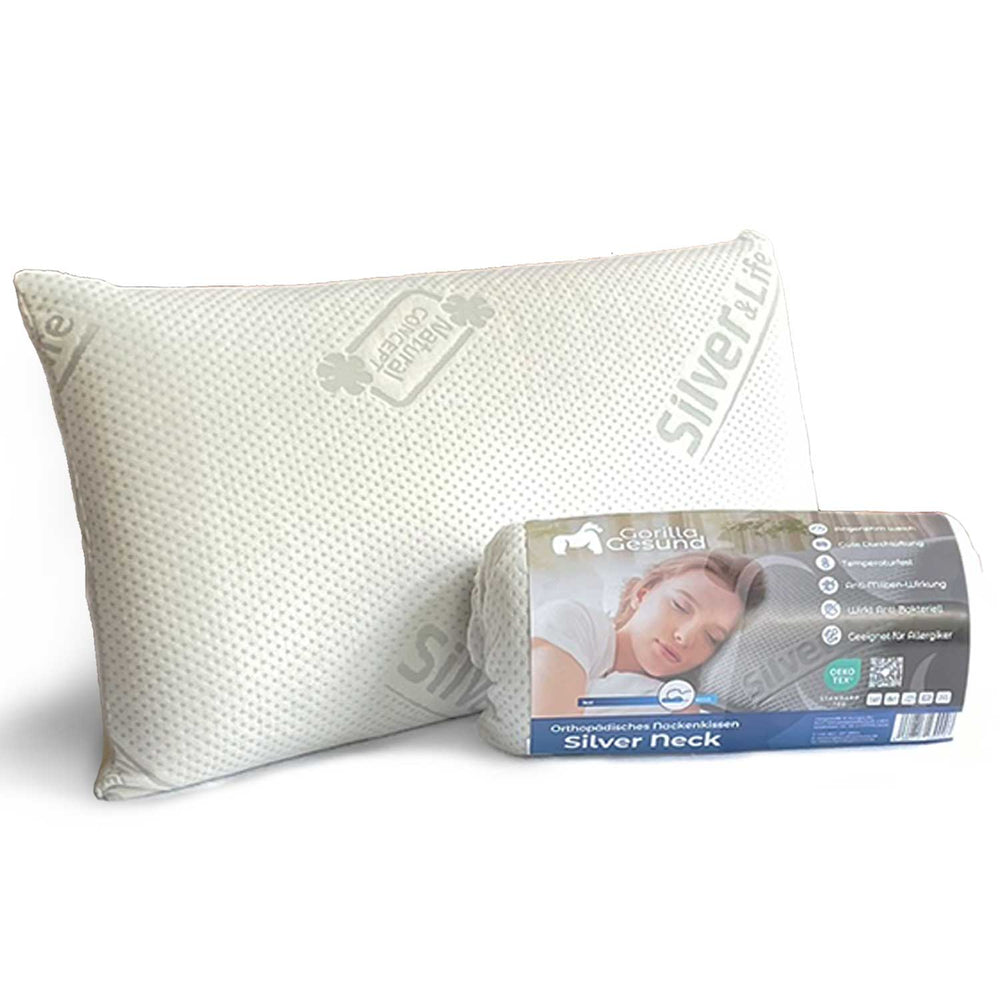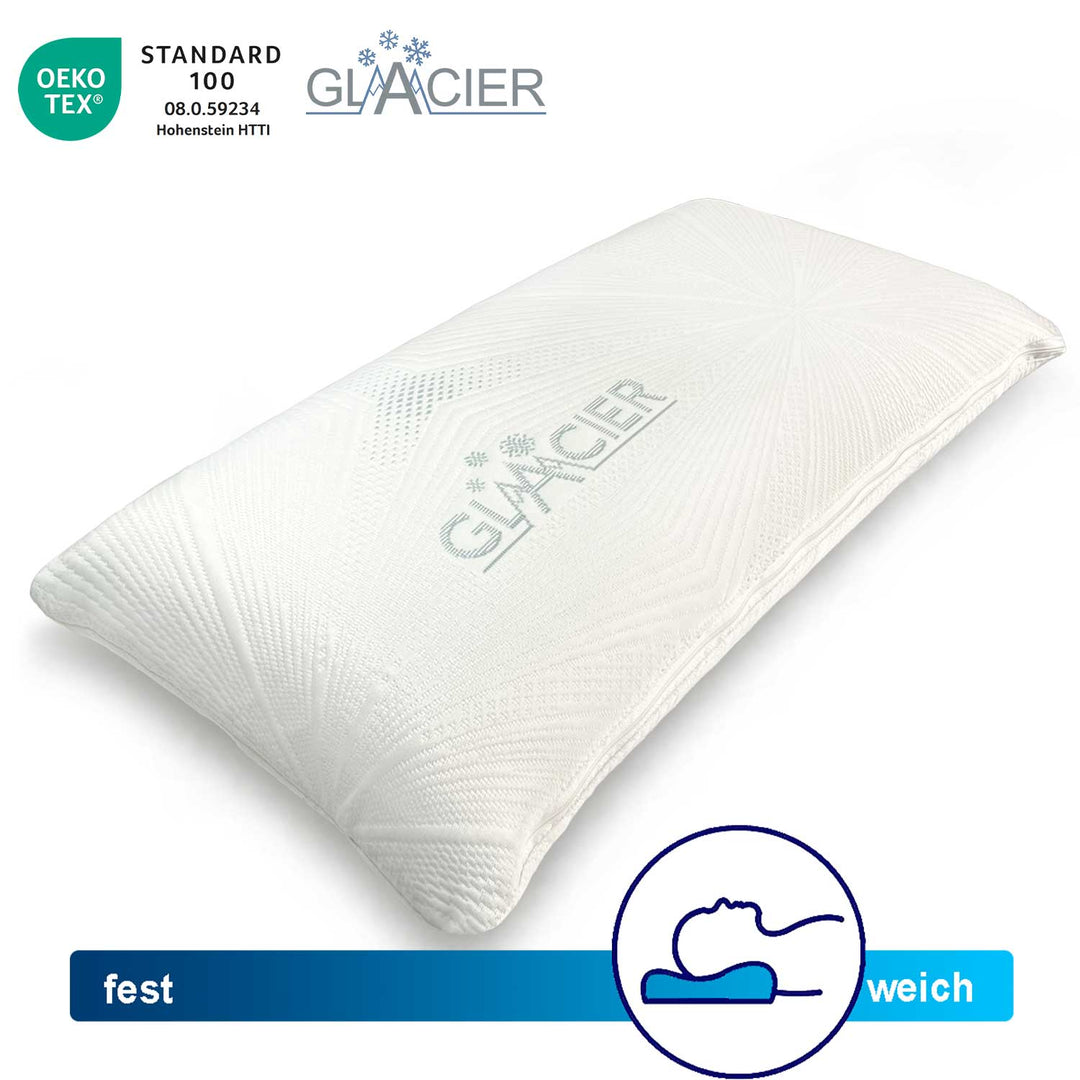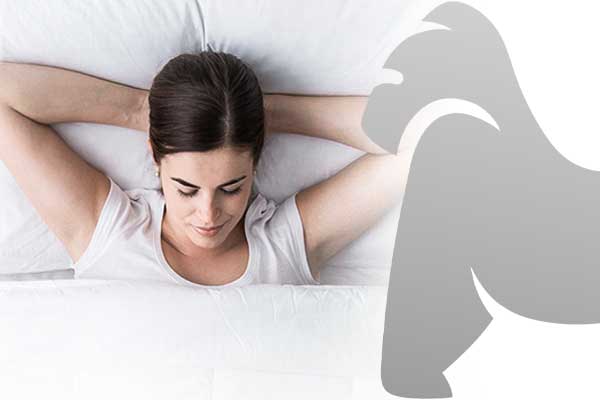How to sleep properly on your side
How well you sleep depends not only on how dark your room is or how much smooth jazz you listen to before drifting off to dreamland - it also depends on the position in which you let your body rest.
If you are one of the millions of side sleepers, you can pat yourself on the shoulder. You are doing your digestion and circulation a favor, and your partner can thank you for all the snore-free nights.
But if you cheat on side sleeping with another sleeping position, you may experience more heartburn and acid reflux, as well as localized pain between head and foot. So how do you learn to sleep more restfully?

8 tips for side sleepers
- Find the right mattress firmness
- Place a pillow between your knees
- Sleep on your left side
- Choose a supportive pillow for your head
- Aligning the spine
- Do morning stretches
- Don't sleep on your arm
- Get more pillows
Is there a best side to sleep on? The answer is definitely yes! In many ways, side sleepers have it better than those who spend the night in other sleeping positions. But the benefits of side sleeping actually depend on which side you prefer.
We know it's not easy to make decisions when unconscious. But if you know how to sleep properly on your side, you will enjoy more fulfilling sleep, more flexible joints and muscles, and better health.
These tips for side sleepers are proven and scientifically backed to help you get a good night's sleep. And they are so easy to implement that you can try them tonight.
1. Find the right mattress firmness
If you suffer from shoulder or arm pain while sleeping as a side sleeper, you may need to adjust the firmness of your mattress to support your side sleeping position.
Side sleepers benefit from a soft or medium-soft mattress. This allows the shoulders and hips to sink into the mattress, aligning the spine in a straight line. If your mattress is too firm, it puts pressure on your hips and shoulders and forces your spine to bend. The result? You will struggle with constant arm pain while sleeping, shoulder pain, and lower back pain.
2. Place a pillow between your knees
One of the easiest ways to relieve pressure points as a side sleeper is to place a pillow between your knees.
Leg and back pain often occur in side sleepers because they are not adequately supported. When you sleep on your side, the lower half of your body supports the weight of the opposite side. When it comes to your hips and legs, your body assumes a bent leg position all night, which is bad for your joints.
If you place a pillow between your knees, you align your hips in the right direction and thus reduce pressure on your back and entire body. Something as simple as placing a pillow can provide almost immediate pressure relief and help you achieve healthy sleep.
3. Sleep on Your Left Side
Which side should you sleep on? Is it really important? Yes. It is actually better to sleep on the left side because your organs are located on that side.
The natural position of your stomach is on the left side. This stomach position allows your stomach to digest the consumed food more effectively and pass it on in an orderly manner.
However, if you sleep on your right side, your nighttime snack works against gravity and hinders digestion. This position is also why heartburn can occur. Sleeping on the left side promotes healthy blood flow and thus affects your digestive system, including heartburn and acid reflux.
If you can't remember which side to sleep on, just remember the phrase: "left is right and right is wrong." This way, you'll be on the right path to the best side sleeping position.
4. Choose a Supportive Pillow for Your Head
Many wonder how to sleep on the side without experiencing shoulder pain, and the answer has as much to do with your pillow as with your mattress. The correct pillow position, firmness, and height are very important for side sleepers to achieve perfect spinal alignment.
When you sleep on your side, your head tends to fall toward your shoulder and the bed, and if you don't have a side sleeper pillow, your head will fall too far and force your neck and upper spine out of their natural position. This can also cause neck, shoulder, and even jaw pain when sleeping on your side.
5. Aligning the Spine
Your head position should be aligned with your spine and directly between your shoulders. To achieve this, you need a pillow that is both firm and adaptable.
Those who suffer from acid reflux might be tempted to elevate their head with one or two extra pillows. While raising the upper body and head above the stomach can relieve heartburn symptoms, it leads to serious neck strain the next morning. A better solution is to invest in a pillow that prevents you from shifting into a position that worsens your symptoms. This way, you can support your digestion while keeping your spine in a straight line.
6. Do morning stretches
Side sleeping is the most common sleep position because it reminds us of the good old days in the womb. Even though many side sleepers don't take the classic fetal position, there is still a tendency to round the back and shoulders and curl up—especially on cold nights. While this isn't necessarily a bad thing, it can cause your joints and muscles to ache if you don't stretch properly after 8 hours.
If you struggle with pain during the day because you slept on your side, you should do some stretches in the morning. They don't have to be big exercises. Just reach your arms to the sky, try to touch your toes, and do some extra stretches for your back, neck, and hips.
Don't forget to stretch your arms too. If you have arm pain from sleeping on your side, it probably has to do with how your weight is distributed. Do a few extra stretches to promote circulation and loosen your joints.
7. Do not sleep on your arm
Speaking of arms: One of the favorite positions of many side sleepers is the classic "arm-under-pillow" position. It may feel right, but it is oh-so-wrong. Sleeping on your arm can lead to pain and numbness in the arm and shoulder, and your head and neck may not be properly aligned with the spine, causing further discomfort.
If you often sleep on your arm and suffer from numb hands or arm pain, the problem is probably your pillow. The truth is, your body wants to be aligned, whether you know it or not. This is the healthiest way to sleep. If you have a flat pillow and your head sinks too far down, your natural reaction is to support it with your arm.
Unfortunately, your arm is not the right way. And it can even make things worse. If your arm hurts after sleeping, it might be time to get a new pillow. When your head is properly supported, your arms remain free to show your pillow some love (more on that shortly).
8. Get more pillows
We know you're tired of hearing about pillows, but these fluffy mattress companions are the ticket to dreamland for side sleepers. Pillows simply make side sleeping better. A good pillow under your head and one between your knees is just the beginning.
Wondering how to elevate your legs while sleeping on your side? How about a pillow? Need to prevent your arms from lying limp on the mattress (a culprit for shoulder pain when side sleeping)? Grab a plush pillow and squeeze it tight. Want to know how to sleep on your side without your shoulder hurting? You guessed it - use a pillow!
Pillows can also help aspiring side sleepers avoid rolling onto their back or stomach during the night. Just reinforce yourself with a few pillows on each side, and you won't roll over during the night.
If you are looking for a great pillow to expand your pillow arsenal, you should consider a Gorilla Gesund pillow. It fits perfectly between your legs, under your head, and in your arms. And with the open mesh design, it won't cause you to overheat and sweat.
Advantages and disadvantages of sleeping on your side
Most people are side sleepers - 74 percent of us, according to a study. Although sleeping on your back is ideal for supporting the spine, sleeping on your side is the next best solution. Side sleeping can also help reduce snoring and symptoms of sleep apnea. Doctors also recommend preferring side sleeping over back sleeping during pregnancy.
While this side position has many advantages, it is not perfect for everyone. The downside of side sleeping is paresthesia. You know it as the "tingling and pins and needles." Every side sleeper has woken up with a completely numb arm at some point, either due to poor circulation or because too much pressure was applied to a nerve. Paresthesias are usually so disturbing that they even wake you from deep sleep. It is a scientific fact that you and your arm cannot sleep at the same time.
If you have a bad pillow, a bad mattress, or a poorly fitting mattress topper, you often suffer from shoulder, neck, and back pain. Side sleeping can lead to more facial wrinkles and even sagging breasts. But before you commit to wearing a Victorian corset to bed every night, you should consider some of these tips for side sleeping.




